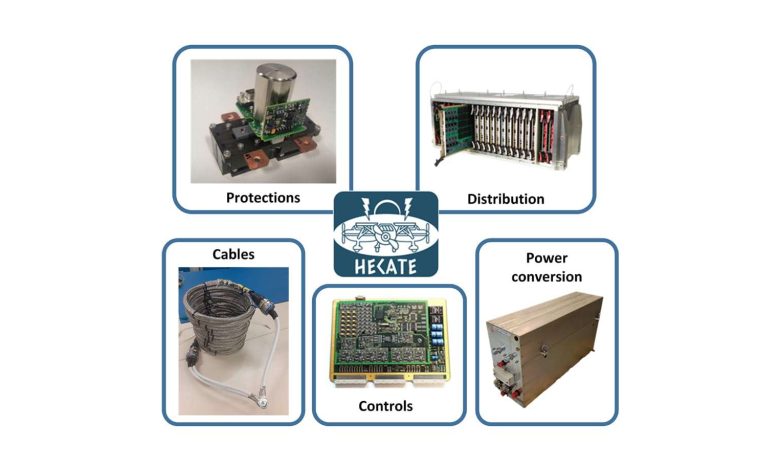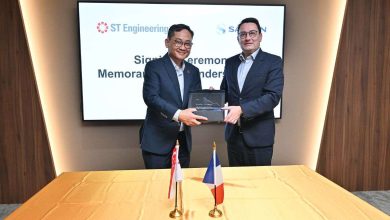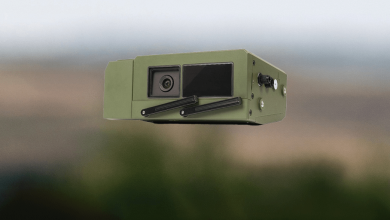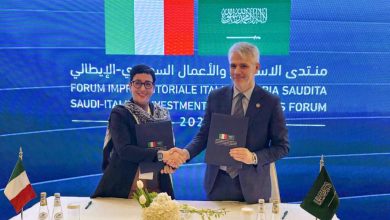
“Collins Leads Charge in Advancing High-Voltage Power Innovations with EU Allies Through Clean Aviation HECATE Initiative”
Collins Aerospace will spearhead the creation of advanced high-voltage electric power distribution technologies as part of the European Union’s Clean Aviation HECATE initiative. HECATE, which denotes Hybrid-ElectriC regional Aircraft distribution TEchnologies, will see Collins at the helm of the project’s steering committee, while Safran will function as the technical coordinator. Together, these two corporations will collaborate with a consortium comprising 37 European aerospace industry allies from 10 nations, including Thales, Diehl Aerospace, Airbus Defence and Space, Leonardo, and numerous universities. The HECATE consortium is poised to obtain approximately €34 million ($36.76 million) in financing from Clean Aviation and an additional €6 million ($6.49 million) from UK Research and Innovation.
As the aviation sector strives to realize its aim of achieving net-zero carbon emissions by 2050, the evolution of hybrid-electric aircraft is perceived as a crucial factor for success. However, to facilitate hybrid-electric propulsion systems, innovative high-voltage distribution technologies will be essential as electrical power levels escalate from hundreds of kilowatts in contemporary aircraft to megawatt levels in future designs. The HECATE consortium will tackle this challenge for regional platforms, aiming to demonstrate a >500 kW hybrid-electric architecture in ground tests at TRL5 by 2025.
“With extensive experience in providing electric power systems for the globe’s most sophisticated aircraft, Collins is leveraging that knowledge to advance multiple next-generation electric technologies that are vital for sustainable aviation,” stated Mauro Atalla, Senior Vice President, Engineering & Technology for Collins. “A primary focus includes high-voltage distribution systems—essential for enabling hybrid-electric propulsion. In partnership with the HECATE consortium, we aim to devise new high-voltage technologies that will support forthcoming hybrid-electric platforms and contribute to reduced carbon footprints.”
Collins’ Applied Research and Technology (ART) division in Cork, Ireland, will oversee the company’s engagement in HECATE, while its facilities in Solihull, UK, and Nördlingen, Germany, will develop power conversion and secondary distribution technologies for the initiative. Safran will supply primary distribution and cabling solutions. Thales and Diehl Aerospace will provide specialized contributions for power electronics, system management, and energy optimization. Airbus Defence and Space and Leonardo will offer insights from an airframe perspective, supporting requirements and validation processes.
“We’re honored to be chosen as technical coordinator and to supply primary distribution and cabling for the HECATE consortium. This initiative is aligned with our strategic objectives: it showcases groundbreaking high-voltage electrical technologies with a minimal carbon footprint. This collaboration strengthens our role as a crucial player in progressive, competitive electrical systems,” remarked Bruno Bellanger, Executive Vice President and General Manager, Power Division, Safran Electrical & Power.
Bringing together the finest talent and capabilities from both the private and public sectors, the Clean Aviation Joint Undertaking stands as the European Union’s premier research and innovation program aimed at steering aviation towards a sustainable and climate-neutral future. Projects involving UK sites benefit from funding provided by UK Research and Innovation, seamlessly working in conjunction with Clean Aviation.
“The execution of technological innovations and groundbreaking aircraft designs will be pivotal in realizing climate-neutral aviation,” asserted Axel Krein, Executive Director of Clean Aviation. “The inception of the HECATE project marks the beginning of a cooperative endeavor to enhance efficiency and diminish emissions for European aviation, in harmony with the goals outlined in the Paris Agreement and the European Green Deal.”
About Clean Aviation Joint Undertaking
The Clean Aviation Joint Undertaking serves as the European Union’s flagship research and innovation program for evolving aviation towards a sustainable and climate-neutral future. Uniting the premier capabilities and expertise from both private and public sectors, and fostering the creation of cutting-edge technologies, the Clean Aviation Joint Undertaking will facilitate a transformative leap in aircraft performance in the 2030s, guiding the EU towards its climate neutrality aspirations by 2050.
Positioned at the heart of a vibrant and diverse ecosystem of players across Europe, spanning the aeronautical sector, pioneering SMEs, research organizations, and academic institutions, it acts as a nucleus for innovative ideas and bold advancements. As a European public-private partnership, Clean Aviation propels aeronautical science beyond conventional boundaries by developing new technologies that will significantly lessen aviation’s environmental impact, allowing future generations to reap the social and economic rewards of air travel well into the future. Discover more on our website about Clean Aviation: www.clean-aviation.eu.
Supported by the European Union under GA no 101101961 – HECATE. The perspectives and viewpoints expressed are solely those of the author(s) and do not necessarily represent those of the European Union or Clean Aviation. The European Union and the awarding authority bear no responsibility for them.







